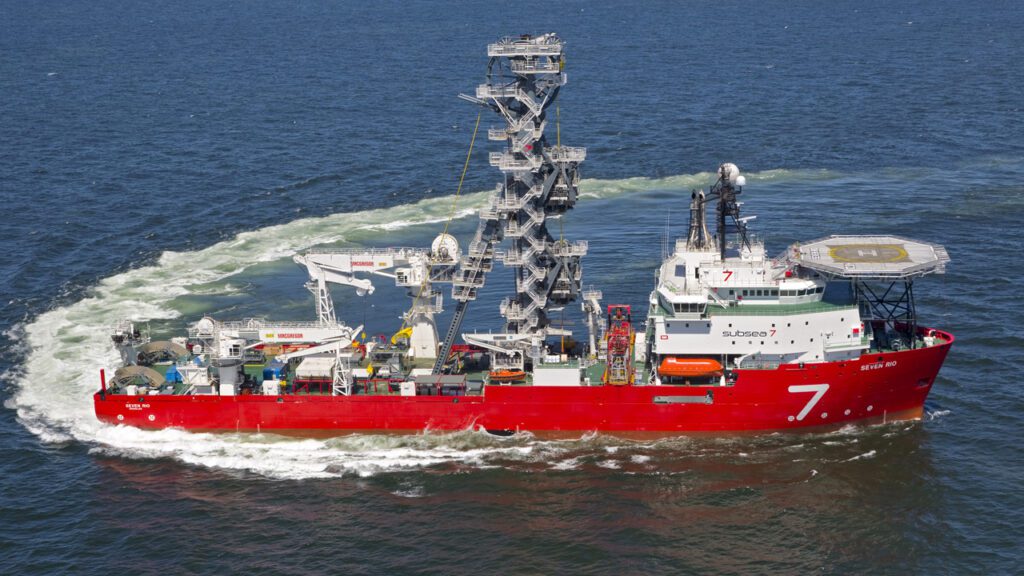Subsea 7 announced that the Subsea Integration Alliance (SIA) has secured the engineering, procurement, construction, and installation (EPCI) contract for bp’s Ginger project, offshore Trinidad and Tobago.
The Ginger award is the first under a new global framework agreement between bp and SIA partners SLB OneSubsea and Subsea 7.
This agreement introduces a new model focused on early collaboration, transparency, and system-level optimisation.
It also defines a commercial approach that aligns incentives to accelerate and maximise value creation throughout the life of joint projects.
Despite Dragon gas setback, Trinidad still has other viable gas projects in the pipeline | OilNOW
Subsea 7 will deliver a diver-installed tie-in system, flexible production flowline, and related subsea infrastructure.
SLB OneSubsea will supply four standardised vertical monobore subsea trees and tubing hangers.
The company will also provide the region’s first high-integrity pressure protection system (HIPPS) manifold, enhancing safety, efficiency, and environmental performance.
The Ginger development lies off Trinidad’s southeast coast, at depths reaching 90 metres.
Trinidad’s 2024 gas output averages 2.537 bscf/d – Energy Ministry | OilNOW
Project management and engineering will begin immediately in Houston, Texas. Offshore operations are expected to start in 2026.
Craig Broussard, Senior Vice President for Subsea 7, said, “This is a significant project for the region, and one which will benefit from decades of collaboration between bp, Subsea7, and SLB OneSubsea. Our combined expertise and efforts are focused on achieving bp’s goal of first gas in 2026.”
Olivier Blaringhem, Chief Executive Officer of Subsea Integration Alliance, said, “This is an exciting and important project for our novel global framework with bp, which expands our EPCI collaboration to Trinidad and Tobago. Through the capability and agility of our partners Subsea7 and SLB OneSubsea, we provide key assets and expertise to create value for the long-term and deliver the best possible total cost of ownership on the Ginger project.”



